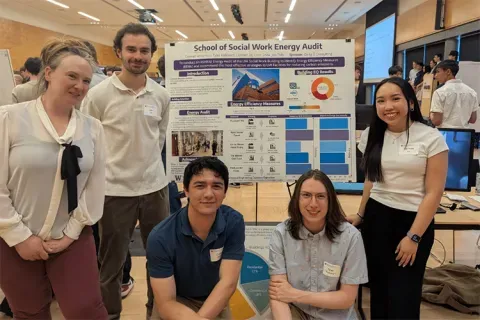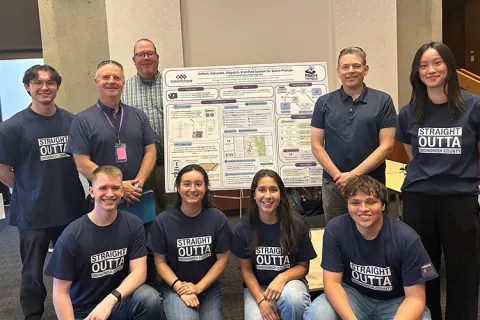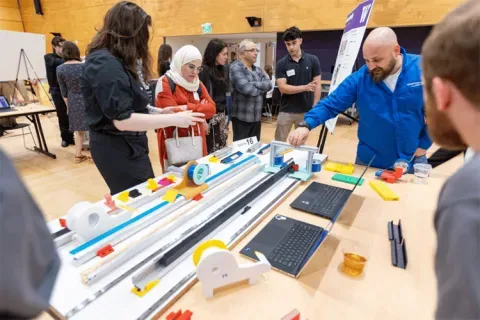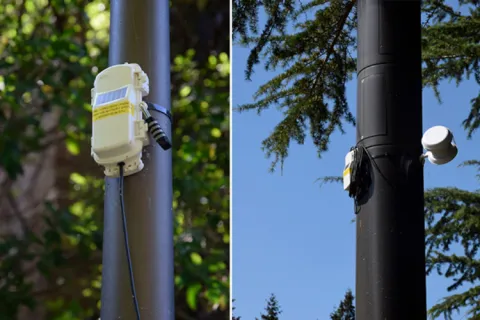Crane Aerospace & Electronics
Sn62 Solder Water-Soluble Flux Paste System
Many legacy solder pastes include rosin-based fluxes in their chemistries. Rosin-based fluxes, while cleanable, are harder to clean and require special solvents. This student team will work to explore new flux systems that have water-soluble fluxes or water-cleanable flux chemistries for the future. This student team will work to learn about different flux chemistries for Sn62 pastes and how they affect solderability and perform material testing that could include cleanability, solderability, corrosion, and fractography. This student team will work to perform an industry search for Sn62 solder pastes, create a test plan, and carry out the test plan before suggesting a flux system. The students will be working alongside Crane Aerospace & Electronics (CAE) engineers who will support and supervise the students as needed. The new solder paste must create solder joints that pass IPC standards and be fully cleanable with water. Cleaned units must pass both IPC and MIL-STD inspection requirements. This student team will get to learn and interact with the main solder manufacturers and learn about the different environments CAE products experience. To reflow the solder pastes, students can come to CAE to reflow samples if UW does not have a sufficient reflow oven. Because solder pastes should be water-soluble, preliminary cleanability tests should be doable at the UW Seattle campus using a fume hood and beakers. Corrosion testing is a high temperature, high humidity, extended time test that should be performable at UW Seattle. Solderability and fractography testing of the solder joints should also be performed at UW Seattle. If needed, someone from CAE can support students testing at UW's facilities. If ROSE testing and SIR testing are available, that would be best for further cleanability testing. If there is time, students can come onsite to CAE and test on CAE's ROSE tester. SIR is outplanted at CAE. The outcomes the student team will work to achieve include: 1) Gain familiarity with J-STD-001, -004, -005, -006 and IPC-A-610 if not already familiar 2) Market search for Sn62 pastes that have a water-soluble flux system or is DI-water cleanable 3) Select pastes and obtain samples for testing 4) Create a test plan (consider factors like cleanability, solderability, corrosion, fractography, radiography, etc.) to perform at UW that meets internal and J-STD requirements & Design coupons 5) Develop test set up that can be done at UW 6) Carry out test plan with support of CAE engineers 7) Write up and present suggested materials based on their data
Faculty Adviser(s)
Luna Yue Huang, Materials Science & Engineering
Related News

Mon, 10/13/2025 | UW Mechanical Engineering
Capstone collaboration leads to award
An ME capstone team received first place for its energy audit of the UW School of Social Work building.

Thu, 07/17/2025
UW engineering students develop smart ballot solution
UW engineering students develop smart technology solution to improve ballot collection for Snohomish County.

Mon, 07/07/2025 | UW Mechanical Engineering
Capstone creations
Students displayed innovative capstone design projects at the 2025 expo.

Fri, 09/20/2024 | UW Civil & Environmental Engineering
Smarter irrigation for a greener UW
A new project combines satellite data with ground sensors to conserve water and create a more sustainable campus environment.